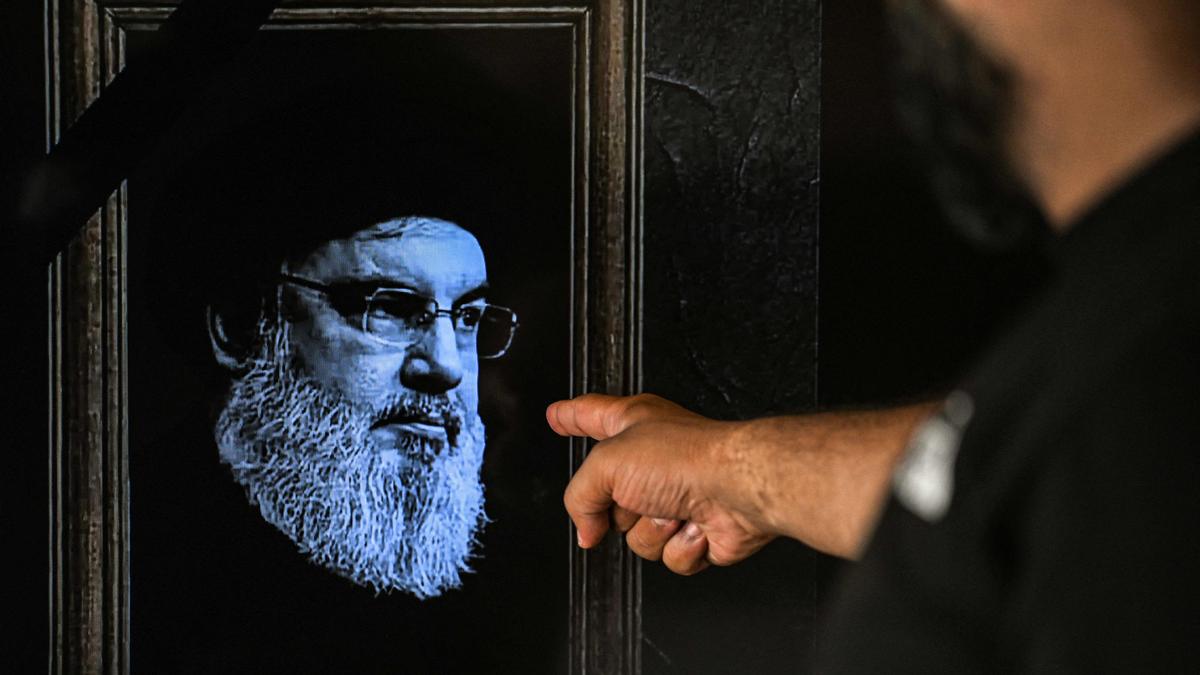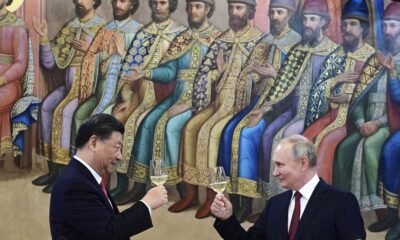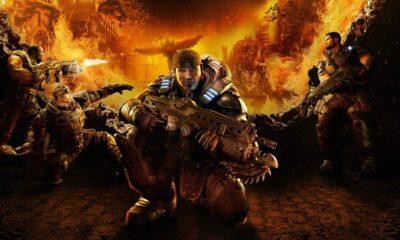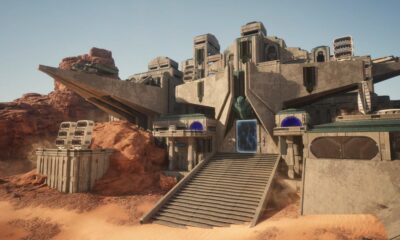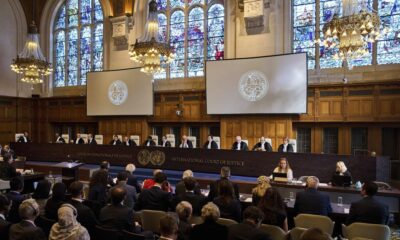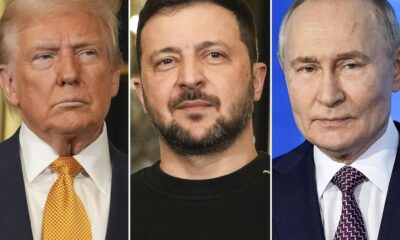When Hassan Nasrallah, then 32, became the Secretary-General of Hezbollah in 1992, after the assassination of the group’s leader and co-founder Abbas al-Musawi, one of the first things he did was to order rocket attacks into northern Israel. A car bomb hit the Israeli embassy in Turkiye, killing a security officer, while a suicide bomber blew himself up at the Israeli embassy in Buenos Aires, Argentina, killing 29 people.
Israel invaded Lebanon in 1982 to push the Palestine Liberation Organisation out of the country. It did so, but the war led to the rise of Hezbollah, which turned out to be a greater security challenge than the PLO. In 1992, when Israel killed Musawi, what it wanted to do was deal a lethal blow to Hezbollah. But Musawi’s successor sent a message in unmistakable terms that he would double down on Hezbollah’s resistance.
The rocket attacks and embassy bombings were just the beginning of Hezbollah’s violent resistance under Mr. Nasrallah, who would turn the organisation, which was largely a guerrilla militia when he took over, into a multifaceted movement, with a military wing that is more powerful than the Lebanese Army. On September 27, Mr. Nasrallah, who led Hezbollah for more than three decades, was assassinated by Israeli airstrikes on Beirut.
Mr. Nasrallah “has joined his fellow martyrs”, Hezbollah said in a statement on Saturday (September 28, 2024), confirming his death. Martyrdom is a central ideological and religious theme of Shia political activism. It is the supreme sacrifice. In September 1997, after Mr. Nasrallah’s eldest son Muhammad Hadi was killed in an Israeli ambush near Mlikh, a mountain village in southern Lebanon, he said, “I am proud to be the father of one of the martyrs”.

Born and raised in a working-class suburb of Beirut, Mr. Nasrallah undertook his religious studies in Baalbek in Lebanon’s Bekaa Valley and then in Iran. When the Iranian revolution took place, which gave a new meaning to Shia political Islam and radicalised youths across the region, Mr. Nasrallah was 19. He saw the power of religion and martyrdom. He witnessed the devastation brought by the civil war in Lebanon. He also saw the aggression of Israel in 1982, which had hit the marginalised Shia community the hardest. He was initially part of the Amal party, a Shia movement. When the radical sections of Amal split from the party and formed Hezbollah, Mr. Nasrallah joined them.
After he assumed leadership of the movement, his focus was on resistance against Israel’s continuing occupation of southern Lebanon, where they had carved a buffer called ‘security zone’. Hezbollah, with rocket attacks and ambushes, had turned the security zone into an ‘insecurity zone’. Amid growing violence, in 2000, 18 years after it started the Lebanon invasion, Israel decided to withdraw troops from the south. Mr. Nasrallah termed it “the first Arab victory against the Zionist entity”. In 2006, a cross-border raid by Hezbollah triggered the wrath of Israel, which launched a ground invasion and massive air strikes. The war went on for a month, causing great damage to Hezbollah. But Israel, despite its firepower, failed to defeat Hezbollah or deter its rockets from southern Lebanon. When Israel withdrew from Lebanon after reaching a ceasefire with Hezbollah, the group claimed another victory.
Israel attacks Lebanon: Has India’s position on West Asia shifted at all?
Another pivotal moment of Mr. Nasrallah’s leadership was the civil war in Syria, an ally, where the regime of Bashar al-Assad was threatened by a multitude of rebel and jihadist groups, including the Islamic State. “If Syria falls in the hands of America, Israel and the takfiris (a reference to IS and al-Qaeda jihadists), the people of our region will go into a dark period,” Nasrallah said in 2013, confirming that Hezbollah was fighting in Syria alongside the troops of the Assad regime. Hezbollah, along with other Iran-backed Shia militias and Russia, played a crucial role in turning around the Syrian civil war.
The “obliteration” of Israel and the liberation of Jerusalem were two of the main declared objectives of Hezbollah. When Israel launched its retaliatory war on Gaza following Hamas’s October 7, 2023 attack in Israel, Hezbollah started firing rockets into Israel “in solidarity with the Palestinians”.
Editorial | Rogue state: On Israel’s conflict with Hezbollah
Ever since, Hezbollah has been fighting a limited war, turning northern Israel into a no-man’s area. But earlier this month, Israel decided to escalate the war dramatically. Within days, Israel launched back-to-back attacks without letting Hezbollah recover from the effects. It triggered pager and walkie-talkie explosions first and then launched waves of massive airstrikes, taking out Hezbollah’s senior commanders.
On September 27, by assassinating Mr. Nasrallah, Israel dealt the heaviest blow to Hezbollah and its ally, Iran. Mr. Nasrallah led the group through wars. And he was killed in a war. Israel might be hoping that Hezbollah would take time to recover from its punches. Hezbollah says it will continue its “holy war against the enemy”. West Asia will remain on edge.
Published – September 28, 2024 10:01 pm IST

